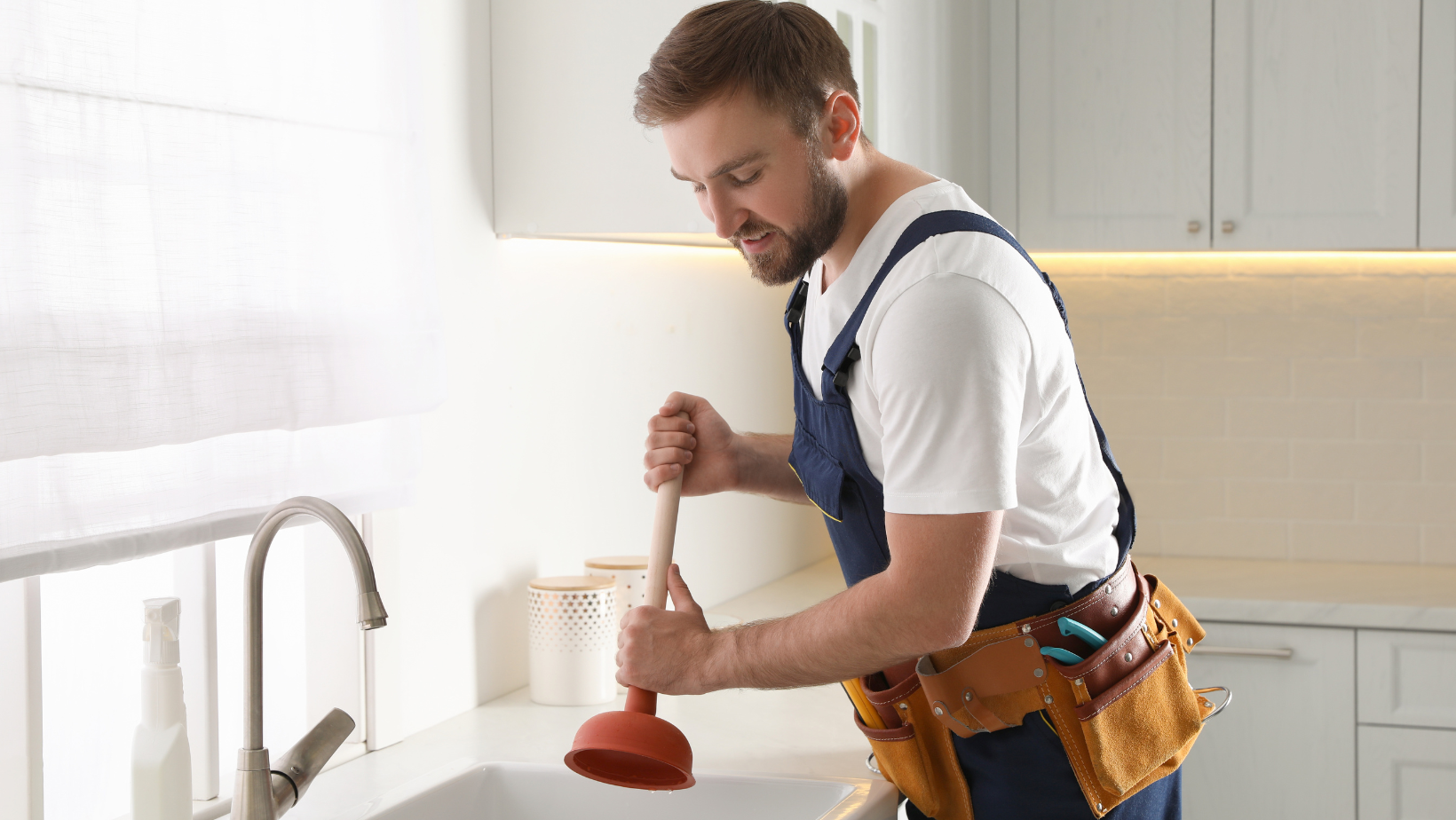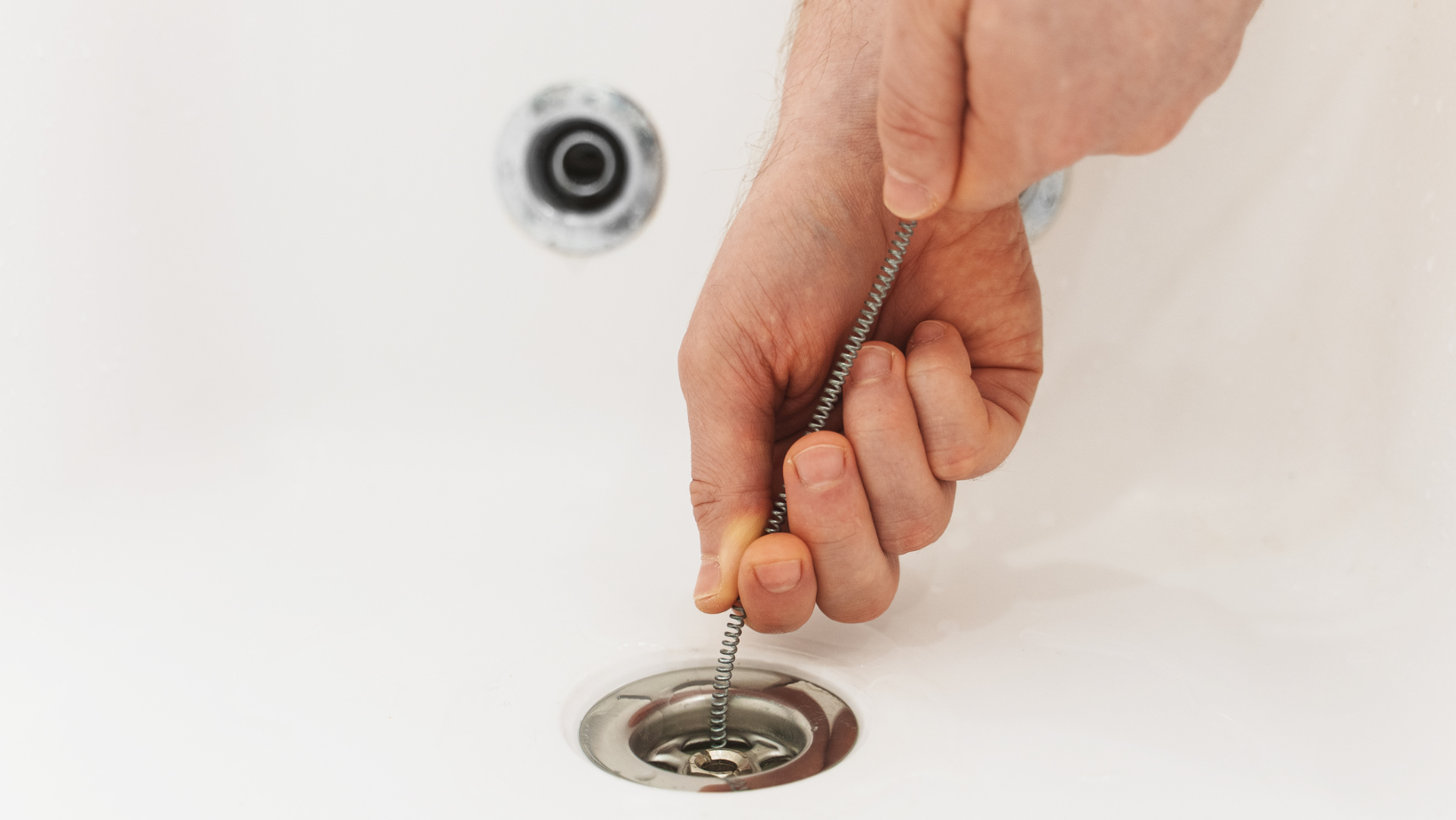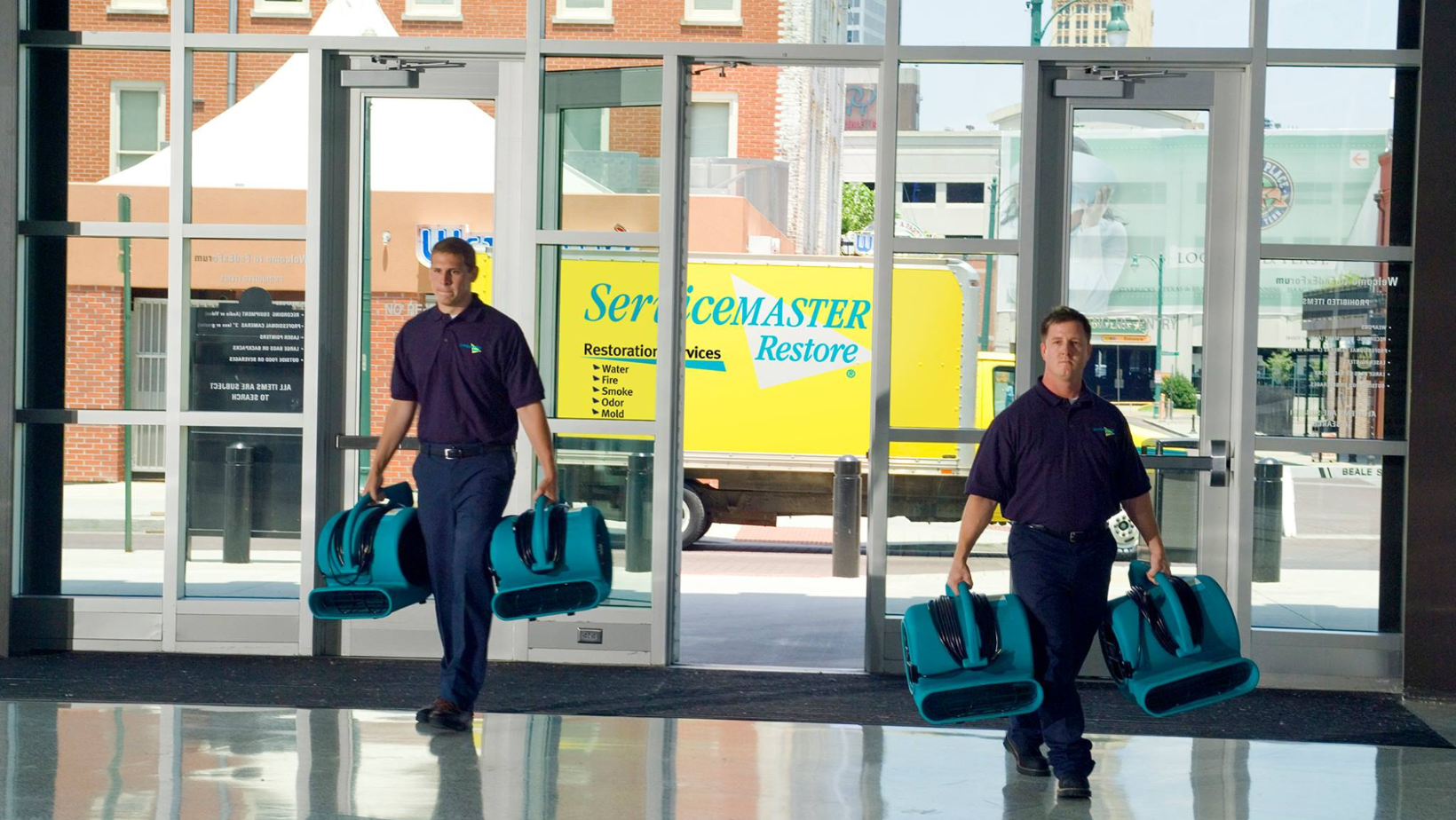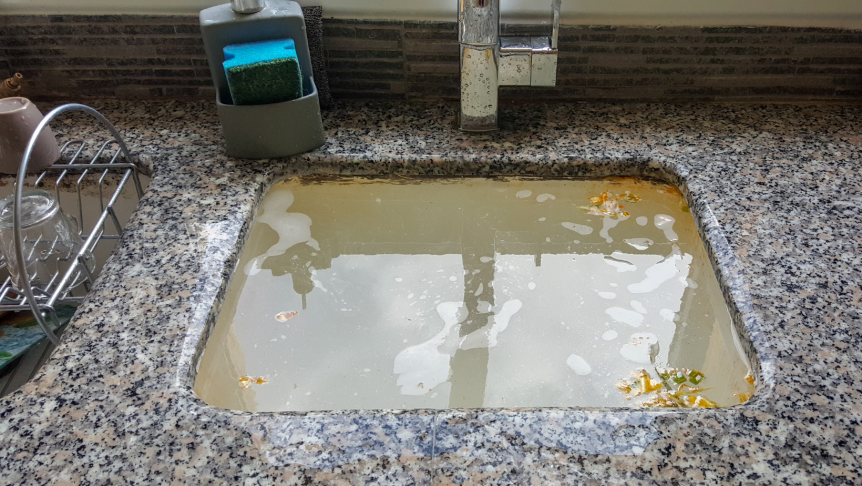If you’ve experienced a clogged sink full of water, you know how much of an inconvenience this can be. When this happens, there is likely a clog somewhere in the sink or pipes that can be difficult to remove. If you’ve used a plunger and maybe even tried to use chemicals to remove the clog with no success, it is important to try these remedies before calling a plumber.
Use boiling water:
Sometimes soap residue or debris can get clogged in your drain and boiling water can help loosen this type of blockage. This is a super easy fix and should be the first thing you try when you are attempting to unclog a sink. This is what you should do:
- Boil a half a gallon of water on your stove
- Pour this boiling water directly into the opening of the drain
- Turn on the faucet to see if the water drains well. If you see it draining slowly, or sitting in the sink, repeat the process.
If your drain is attached to PVC pipes, do not try this method as you may damage or melt your pipes. If this method does not help with the clog after trying twice, you should try another method.
Check your garbage disposal:
If you have a garbage disposal, this could be causing the issue. If the clog is directly in the disposal, turning it on will break up the blockage. If your disposal has overheated or is dysfunctional and doesn’t turn on, you can use the reset switch to reboot it. After resetting it, try turning it on and clearing the clog.
If you turn the disposal on and hear a humming sound, you may have a broken or jammed unit. First, turn off the power to your disposal and then try to turn the blades of the disposal manually. Insert an Allen wrench into the hole at the bottom of the disposal and twist it until you feel less resistance, which means the blockage has begun to break up. Once you’ve unclogged it, turn the power on and test it. If it looks and sounds good, turn on the faucet to see if the sink drainage is back to normal.
Use a plunger:

If you are not having an issue with your disposal, the clog may be in the pipes. You can try using a plunger to remove the clog:
- Fill the sink with hot water halfway
- Put the plunger over the drain and begin pumping up and down quickly several times
- Remove the plunger, wait, and see if it helps the water drain
- Keep repeating the process until the water starts to drain freely
If you’ve used the plunger and you are not seeing a difference after plunging multiple times, you should try a different method to unclog your sink.
Use baking soda and vinegar:
Instead of using heavy chemicals to unclog your drain, you can use baking soda and vinegar instead. These are the steps you should follow for this method:
- Using a bowl or cup, remove the water from the sink
- Pour one cup of baking soda down the drain
- Pour one cup of white vinegar down the opening of the drain
- Use a stopper to seal the opening
- Let this mixture sit for 15 minutes
- Remove the stopper and run hot tap water
- If you have more stubborn clogs, use boiling water
This method may not always work but it is worth trying. If you try this method and it seems to be working for you, keep repeating it to remove the blockage.
Use a plumber’s snake:

The plumber’s snake helps reach further into the drain for those tough blockages. Once the snake has hit the obstruction, you can crank the handle to dislodge the debris and pull it out of the drain. Electric snakes work even better as they have more power. If you do not have a plumber’s snake, you can use a wire coat hanger. Just stretch it so it looks like a piece of wire but leave the end hooked so that you can grab whatever is clogging your drain. Whatever tool you end up using, make sure to put it down the drain a little bit at a time, do not push it too roughly as you can push the clog further down. Once you feel the tip of the tool hit the obstruction, hook it on and pull it out of the drain. Keep doing this until the blockage is gone. To finally test it, make sure to run hot water down the drain.
Clean the P-Trap:
If you do all the steps above and the water is still not draining, your P-trap may be blocked. This is the elbow-shaped pipe under the sink. Food, grease, and other debris can get stuck in the pipe and cause your sink to drain slowly. You would need to take the pipe apart and take out all the gunk causing the blockage. Once you are ready to do this process, make sure to use proper gloves and goggles and put towels down to catch all the mess. Here are the steps:
- Put the bucket under the pipe to catch any backed-up water or debris that will come out of the pipe.
- Unscrew the connectors on the trap then hold the curved piece to the vertical and horizontal drainpipe.
- Remove the P-trap and clean any debris or residue.
- Reconnect it and turn the faucet on to run the water down the drain.
- If the drain has not been cleared, you may be dealing with a clog that is further down the pipe.
To keep looking for the source of the blockage, you will need to do the following:
- Remove the P-trap again and remove the horizontal pipe that connects the system to the wall.
- Use a plumber’s snake or coat hanger to go down the drain and once you feel the obstruction use your tool to pull the blockage out.
- Keep repeating this process until all debris has been removed.
- Put the pipes and the P-trap back in their spots and reconnect them.
- Run hot water to make sure you flush the drain.
- Check for any leaks under the sink. If you do notice leaks, make sure all connectors are tightened. Once there are no more drips you should be all set.
If none of these methods worked, it is time for you to call a professional plumber for help.
Preventing Future Clogs
Once your kitchen sink starts draining properly, you need to prevent future clogs. It is always best to not dispose of any items down the drain that may harm it and create a clog. Here are some examples:
- Grease and oils
- Meat
- Coffee grounds
- Eggshells
- Starchy foods including pasta, rice or bread
- Fruit peels and pits
- Gum
- Paint
- Paper products (paper towels, food wrappers)
The following are some additional tips for keeping your disposal and drains clean:
- Instead of putting grease down the drain, you can use an old can and dispose of it once it is full.
- Certain waste, including coffee grounds can be added to mulch or compost piles.
- Do not overload the disposal. Only grind one cup of food at a time.
- To maintain your disposal, create a solution of equal amounts of vinegar and water and freeze it in an ice cube tray. Once a month, grind a few of the cubes down the disposal to get rid of any food-waste buildup.

Have you experienced water damage at your home or business? ServiceMaster DRR can help. We offer water damage restoration services to home and business owners in the San Francisco, CA area. Whether the water damage was caused by clogged pipes, leaks, rain, or floods, we will make sure to clean them up, dry your property, and restore it back to its original state. If you are dealing with water damage from a stubborn clogged sink, our professionals will take care of this issue for you quickly and efficiently. For more information about our water damage restorations services, make sure to call us at (800) 439-8833.

Steve VanDenBerg is the owner of ServiceMaster Disaster Restoration and Recovery. He has over 30 years of experience working within the restoration industry and successfully leading start-ups, turnarounds, acquisitions and mergers, and rapidly growing companies.
Steve earned his BS in Business & Accounting from Calvin University in Grand Rapids, MI and began working for DSI Holdings as their Chief Financial Officer. When Steve began with DSI Holdings, they were running an underperforming ServiceMaster Restore franchise with one location. Steve implemented new policies and procedures for accounting and finance as well as a professional sales plan that increased profits eightfold over his time as the CFO. He was then promoted to President and CEO and in this time, he expanded the company from two locations with $4M in sales to 12 locations and $45M in sales. DSI Holdings became one of the largest disaster restoration companies in the U.S. and helped with major restoration projects throughout the U.S. and around the world.
Steve purchased ServiceMaster DRR in 2015 when the business was in decline. Drawing on his years of experience in turning around struggling ServiceMaster franchises, Steve overhauled our operations, including finance, sales, and marketing, which led to a quick turnaround. Within Steve’s first 24 months, sales increased by 60 percent. Steve also helped greatly improve our operating margins and established a relationship with California’s largest residential insurance company. Under Steve’s leadership, we have become one of the largest disaster restoration providers in California.
Steve has found great success in turning around struggling and stagnant restoration franchises by changing the business model and strategy, greatly increasing sales and profits. Many of the changes he has implemented have even been adopted by the franchisor into their operating model.



